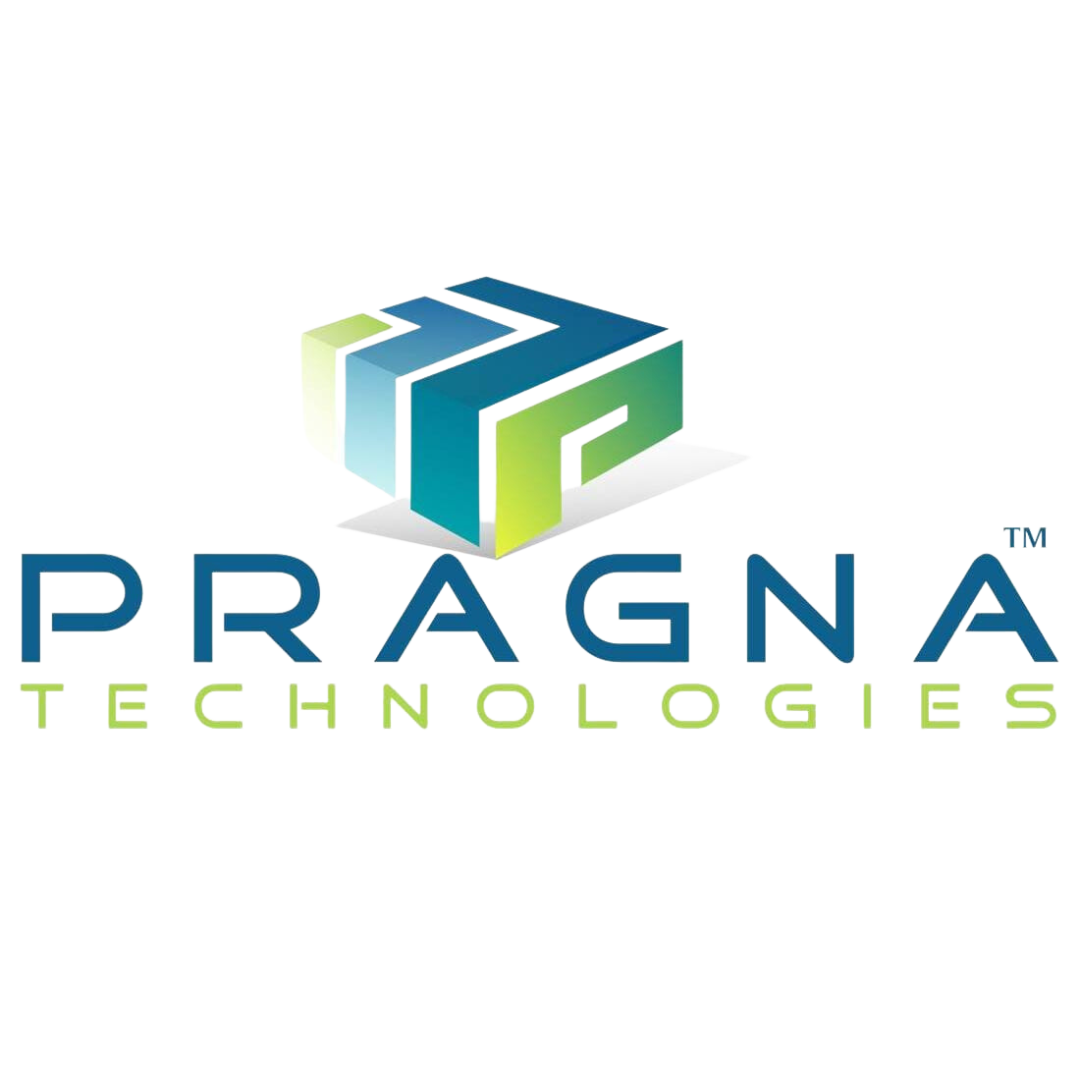Adv. Controlling with HANA
About Instructor

The Overview of SAP Controlling Course:
(PROJECT-ORIENTED)
Basic settings for controlling
1. Defining Controlling Area 2. Defining Number ranges for Controlling Area 3. Maintain Planning Versions
Cost element accounting: 1. Creation of primary cost elements from financial accounting area 2. Creation of primary cost elements from controlling area 3. Display of cost element master records 4. Change cost element master records 5. Primary cost element categories 6. Secondary cost element categories 7. Creation of primary cost element groups 8. Default account assignments 9. Creation of Activity Types 10. Grouping of Activities 11. Creation of SKF 12. Grouping of SKF
Cost Center Accounting 1. Defining Cost Center Standard Hierarchy 2. Creation of Cost Centers and cost center groups 3. Display cost center master records 4. Change cost center master records 5. Creation of cost center groups 6. Posting to cost centers 7. Reposting of co-line items 8. Repost of Costs 9. Planning for cost centers – Manual 10. Activity-dependent planning 11. Activity independent planning 12. Activity Output Planning 13. Creation of Own Planner profile 14. Planning for cost centers – Excel upload 15. Overhead Calculation 16. Creation of secondary cost element master records 17. Cost center reports 18. Period end closing activities in cost center accounting: * Assessment * Distribution * Periodic Reposting * Indirect activity allocation
INTEGRATION OF CONTROLLING WITH PRODUCTION PLANNING
BOM Routing Work Center MRP run.
PRODUCT COST CONTROLLING
1. Introduction to product cost controlling 2. Data Flow in Product costing 3. Areas in Product cost controlling 4. Cost objects 5. Define Cost Sheet 6. Product Cost Planning 7. Cost estimate with quantity structure 8. Work in process Calculation 9. Standard Product Cost Calculation 10. Actual Product Cost Calculation 11. Settlement of Variances to Accounts
PRODUCT COSTING PLANING
1. Creation of bill materials 2. Define overhead keys 3. Creation of activity type master records 4. Planning for activity hours 5. Activity type price calculation 6. Creation of work center master records 7. Creation of routings 8. Defining cost sheet( overhead structures) 9. Assignment of cost sheet to costing variant 10. Creation of cost estimate with quantity structure 11. Marking 12. Releasing 13. Creation of cost estimate without quantity structure 14. Collective Cost estimation
PRODUCT COST BY ORDER
1. Define costing variant 2. Check Costing Variant to Manufacturing Orders (PP) 3. Define Goods Received Valuation for Order Delivery
WORK IN PROCESS CALCULATION
1. Define Results Analysis Keys 2. Define Cost Elements for WIP Calculation 3. Define Results Analysis Versions 4. Define Valuation Methods (Actual Costs) 5. Define Line IDs 6. Define Assignments 7. Define Update 8. Define Posting Rules for Setting Work in Process
VARIANCE CALCULATION
1. Define Variance Keys 2. Define Default Variance Keys for Plants 3. 3. Define Target Cost Version 4. Assign Variance Key in Material Master
SETTLEMENT
1. Create Settlement Profile 2. Create PA Transfer Structure 3. Maintain Number Ranges for Settlement Documents
SPECIAL SCENARIOS IN PRODUCT COSTING
1. Special Procurement Key 2. Primary cost component split and auxiliary cost 3. component split 4. Joint & By Product i) NRV Method ii) Apportionment Method 5. Mixed Cost Estimation 6. Split Valuation 7. Sub-Contracting 8. External Operations 9. Scrap Valuation individual and combined scenarios i). Assembly Scrap ii). Component Scrap iii). Operational Scrap iv). Origin Group v). Overhead Key & Overhead Group
PRODUCT COST BY PERIOD
1. Check Costing Variant for Product Cost Collectors 2. Check Order Types 3. Define Costing Accounting relevant default for order types and plants 4. Activate and Generate cost log in Repetitive Manufacturing 5. Define Goods Received valuation for order Delivery
Product Cost by Period 3 Scenarios
1. Product Cost by Period with work in process 2. Product Cost by Period without work in process 3. Product Cost by Period with production Order
Product Cost by Sales Order
1.Check Account Assignment Categories 2. Check Requirement Classes 3. Check Requirement Types 4. Check Control of Requirements type determination 5. Check Costing Type 6. Check Costing Variant for Product Costing 7. Define Results Analysis Keys 8. Define Cost Elements for Results Analysis Keys 9. Define Results Analysis Versions 10. Define Valuation Methods for Results Analysis Versions 11. Define Line IDs 12.Define Assignment for Results Analysis 13. Define Update for Results Analysis 14. Define Posting Rules for Settling to Financial Accounting 15. Create Settlement Profile 16. Create PA Transfer Structure
Product Cost by Sales Order -Scenarios
1. Product Cost by Sales Order with Valuated Stock where Sales order is Cost Object 2. Product Cost by Sales Order with Valuated Stock where Sales order is not a Cost Object 3. Product Cost by Sales Order with Non Valuated Stock where Sales order is a Cost Object
Product Costing Process Orders
Template allocations
Actual Costing with Material Ledger
1. Activate Valuation Areas for Material Ledger 2. Assign Currency types to Material Ledger Type 3. Assign Material Ledger Types to Valuation Area 4. Maintain Number Ranges for Material Ledger Documents 5. Activate Actual Costing 6. Assignment of Accounts for Automatic Postings
COPA – Controlling Profitability Analysis
Account-based COPA
Costing based COPA
1. Introduction to profitability analysis 2. Data Flow in profitability Analysis 3. Maintaining the operating concern 4. Assignment of controlling area to operating concern 5. Activating the profitability analysis 6. Define number ranges for actual postings 7. Mapping of SD conditions types to COPA value fields 8. Maintain Characteristics 9. Maintain Value Fields 10. Define Profitability Segment Characteristics 11. Maintain Characteristics Values 12. Define characteristics Derivation 13. Define and Assign Valuation Strategy 14. Define Keys for accessing material cost estimates 15. Assign Costing Keys to any characteristics 16. Assign Value Fields 17. Define Number Ranges for Planning Data 18. Maintain Versions 19. Assign Quantity Fields 20. Define PA Transfer Structure 21.Direct posting from FI/MM 22.Value flow from Cost Center to COPA 23. Value flow From Internal Order to COPA 24. Value Flow from Production Order to COPA 25.COPA Summarization 26.COPA Realignment 27. COPA Derivation Rules 28. COPA Cost Sheet 29. COPA Valuation Strategy 30.Creation Of Forms 31. Creation of reports 32.Execute the reports
Internal Orders
1. Use of Internal order types 2. Settlement profile 3. Planning profile 4. Budget profile 5. Tolerance for budgeting and availability control 6. Order types 7. Real orders and Statistical Orders 8. Creation of secondary cost elements for Internal and External Settlements 9. Planning for internal orders 10. Entering budget information 11. Actual data posting 12. Displaying internal order information 13. Displaying budget control availability 14. Internal Order to AUC settlement 15. AUC to Asset Settlement 16. Internal Order with Investment Management 17. Information Reports 18. Settlement of Real internal orders to cost centers
Profit Center Accounting
1. Basic Settings for Profit Center Accounting 2. Creation of Profit Centers 3. Maintenance of control parameters for actual postings 4. Maintaining planning versions for profit centers 5. Maintaining the number ranges for profit center documents
6. Creation of profit center master records 7. Display of profit center master records 8. Changing the profit center master records 9. Creation of revenue cost elements 10. Automatic Assignment of Revenue elements for Profit Centers 11. Assignment of profit centers in cost center master records 12. Creation of account groups in profit center accounting for planning 13. Planning for profit and loss account items 14. Planning for balance sheet items 15. Posting of transactions into profit centers 16. Generating the variance reports for profit and loss account items 17. Generating the variance reports for balance sheet items. 18. Derivation rules creation for revenue elements 19. Derivation rules creation for Balance Sheet accounts
SAP Controlling is for Internal reporting Purposes. To improve our organization’s performance, Controlling Providing different types of reports. We can do departmental-wise cost analysis, calculates product costs, analyze all expenditures, helps in Profitability Analysis, etc. Controlling is nothing but Cost and Management Accounting what we have studies in our academics
Very good opportunities are if you are learning SAP controlling in depth. To learn to control, we should have some basic knowledge of FI, and experience in the manufacturing industry is added advantage for product costing and material ledger concepts. Huge demand is there in the market for CO Consultants.
Reviews Statistic
Be the first to review “Adv. Controlling with HANA”
You must be logged in to post a review.


Reviews
There are no reviews yet.